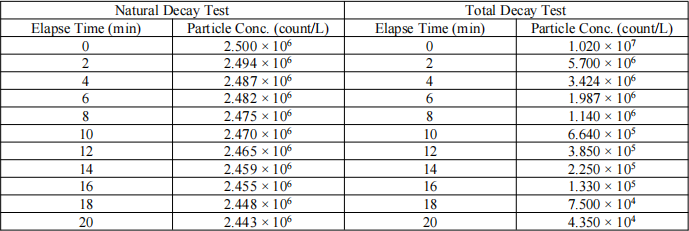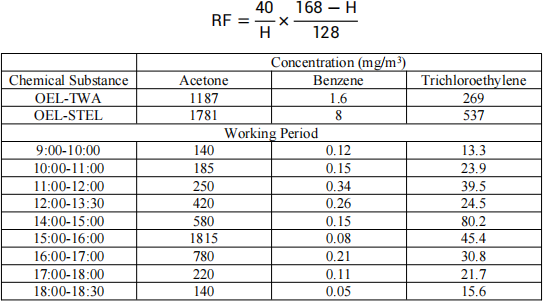CSE560 Indoor Air Quality Management Assignment II
Hello, dear friend, you can consult us at any time if you have any questions, add WeChat: daixieit
CSE560 Indoor Air Quality Management
Assignment II
![]() NOTE:1. All assignments are required to submit on deadline Nov
NOTE:1. All assignments are required to submit on deadline Nov![]() 10,
10,![]() 2023 during or after class, in hard-copy or through Blackboard in PDF format.
2023 during or after class, in hard-copy or through Blackboard in PDF format.
2. All assignments shall be completed in HAND-WRITTEN, type-written assignments will not be graded. 3. Clearly write out all calculation steps, otherwise your assignment will not be graded.
4. Plagiarized assignments will not be graded.
1. The Hong Kong Environmental Protection Department (HKEPD) proposed to revise HKIAQ Management Program in light of Audit Commission’s recommendations and the release of WHO IAQ Guidelines. What are these revisions? And what are the rationale to make these changes (rationale for each revision should be mentioned)? (20 marks)
2. The procedures of testing the clean air delivery rate (CADR, in m3/h) are as following: 1) inject particles into the testing chamber with mixing fan operating and wait till the air is well-mixed; 2) turn off the mixing fan, mark down the particle concentration as initial concentration (C0, in count/L); 3) mark down the readings of particle monitor (Ct, in count/L) every 2 min, the total measurement period should be at least 20 minutes; 4) use Eq. a to calculate the natural decay coefficient (kn, in min-1) when there is no air purifier in operation; 5) prepare the chamber as procedure 1) and 2) stated, after the reading of initial concentration (C0, in count/L), turn on the air purifier at a fix rate; 6) mark down readings as procedure 3) stated, and use Eq. a to calculate the total decay coefficient (kt, in min-1) with the air purifier in operation; 7) use Eq. b to calculate the CADR of the specific air purifier.

Given that the measurement data of natural decay and total decay test in a chamber of 35 m3 volume (V, in m3) as following, determine the CADR of the specific air purifier. (25 marks)

3. A single kind of odourous substrate with concentration of 100 ppb was analysed by Dynamic Dilution Olfactometry with forced-choice response. The responses from the panellists are shown in the Table. Determine the mean dilution factor, and the recognition threshold of this substrate. (Two decimal places are kept in your answer.) (20 marks)

4. A chemical industrial plant was selected for the assessment of risk of exposure to certain kinds of chemicals. Three types of chemical substrates were assessed, and the measurement results are listed in the following table. Known that the working days range from Monday to Saturday in this plant. Determine the exposure of the worker is exceeding the Occupational Exposure Limits (OEL) issued by Labour Department. (Two decimal places are kept in your answer.) (20 marks)
Given the equation of Reduction Factor (RF) for correcting the OEL levels:
For more than 8 hours per day (h = hours worked per day),

For more than 5 days and 40 hours per week (H = hours worked per week),

5. A wooden panel is tested in an environmental chamber for the emission of formaldehyde. Known that the air exchange rate of the chamber is 0.9 h-1 and the material loading is 0.35 m2/m3. The continuous measurement results of formaldehyde concentration in the chamber is shown in the following table. The peak concentration is identified at 40 minutes after the test started. Assuming the emission of formaldehyde from the wood panel follows first- order decay, determine the first-order decay constant (in h-1) and the formaldehyde emission rate (in mg/m2/h) from the wooden panel. (Two decimal places are kept in your answer.) (15 marks)
Given the equation for the first-order decay model (L is the material loading rate, N is the air exchange rate, ER is the emission rate from the material):

A good initial guess of the decay constant: 

2023-11-01